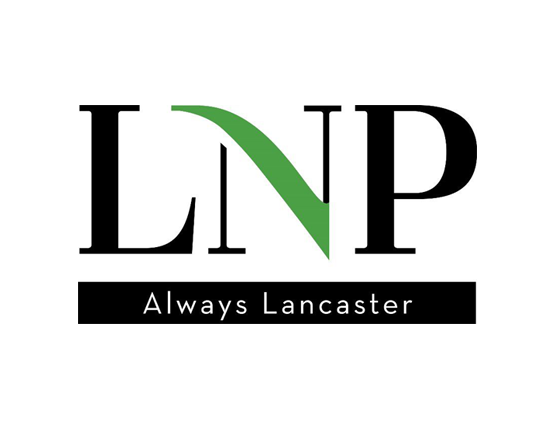In the Media
Editorial: Colleges Need to Clarify Real Tuition Costs
September 24, 2018
By LNP, The Associated Press

The bottom line isn’t going to change much for Elizabethtown College students. Their tuition bills will be lower, but their financial aid awards will be cut.
Essentially they’ll be paying as much as ever: A net price of about $29,000, according to the latest data from the National Center for Education Statistics.
Stating this reality is not to dismiss the value of what Elizabethtown is doing. We believe that more of this kind of transparency needs to be injected into college tuition pricing.
Figuring out the actual cost of a particular college requires honors-level mathematical skills. This makes the process of choosing colleges incredibly confusing.
On paper, a state or state-related university likely appears to be the best deal. But public universities tend to give less financial aid.
Meanwhile, private colleges, especially those with large endowments, can dispense sizable aid packages to many incoming students.
Many colleges send financial aid award letters at the same time as acceptance letters. But not all do. So your child — and you — may be in limbo for a while, wondering if the college your child wants to attend is even a realistic possibility.
It’s kind of like a game in which nearly everyone is sure to get a prize, but you can’t start packing for that trip you’ve won until you know if it’s going to be to New Jersey or Europe.
It would be a much more straightforward process if colleges stated — as Elizabethtown intends to do — what their real price tags are.
Even when a college has an easy-to-use net price calculator — an online tool that figures out for a prospective student how much financial aid may be awarded, based on family income and assets (along with a mix of other factors) — that’s just an estimate.
And it’s hard for parents and their kids to make the life-altering — and expensive — choice of which college to attend based on guesses and estimates.
There’s another problem with the “high-tuition, high-discount” model used by so many private colleges.
Financial aid isn’t always stable over four years — not all scholarships and grants are renewable, and some are renewed only if certain criteria (including grade point average) are met.
So while the cost of freshman-year tuition may seem like a relative bargain, your aid may diminish in subsequent years.
New America, a nonpartisan think tank in Washington, D.C., and uAspire, a nonprofit focused on college affordability, analyzed more than 11,000 financial aid award letters from colleges. Their findings? Not only was financial aid “insufficient to cover the cost of college for many students,” the award letters lacked “consistency and transparency. As a result, it is exceedingly difficult for students and families to make a financially informed college decision.”
The varying ways in which many of these letters missed the mark:
— They contained bewildering jargon and terminology (there’s a significant difference, for instance, between a subsidized and unsubsidized loan).
— They omitted complete costs that would have contextualized the financial aid being offered.
— They failed to differentiate types of aid.
— They misleadingly characterized Parent PLUS loans as awards, “making the financial aid package appear far more generous than it really was.”
— They only vaguely defined work-study.
— They offered inconsistent bottom-line calculations. “In our sample, only 40 percent calculated what students would need to pay, and those 194 institutions had 23 different ways of calculating remaining costs,” stated the analysis, which was released in June.
These nonprofits want federal policymakers to conduct “consumer testing, and then set and require award letter standards via federal mandate.”
This seems like a reasonable recommendation to us. Anything to improve transparency would help.
Because the process could not be any murkier than it is now.
Tuition and room and board aren’t the only costs of college. Textbooks are another major expense, costing an average of $1,250 last year, according to the College Board.
Students can save money by buying used textbooks, seeking e-books when possible, and renting books.
These are all sound suggestions. To them, we’d add another, and it’s aimed at college professors: Think carefully about requiring specific editions of well-known tomes.
If a family has several copies of Shakespeare’s “Macbeth” at home, but you require a specific edition, make sure it’s for a good reason — and explain it on the syllabus. Otherwise, parents may suspect you’re in cahoots with a publishing company to jack up book sales.